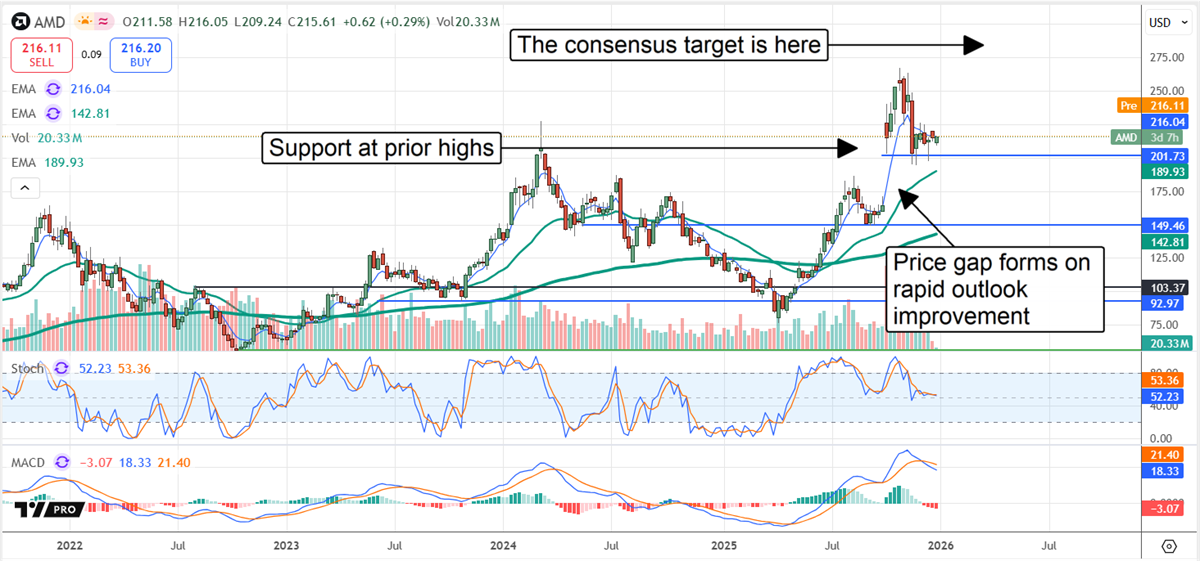Cocoa Prices Decline Amid Weak Demand and Inventory Rebound
May ICE NY cocoa (CCK25) is down -265 (-3.11%), while May ICE London cocoa #7 (CAK25) has decreased by -237 (-3.82%).
Current Market Trends
Cocoa prices are sliding due to signs of weakening demand. Malaysia reported a year-over-year decline of -15.3% in Q1 cocoa processing, totaling 84.192 metric tons. Similarly, Brazil’s Q1 cocoa bean grindings fell by -13% year-on-year to 52.135 metric tons. Asia, Europe, and North America are set to announce their Q1 cocoa grinding figures on Thursday.
Don’t Miss a Day: From crude oil to coffee, sign up free for Barchart’s best-in-class commodity analysis.
Historical Context
Last Wednesday, NY cocoa prices dropped to a 4-week low, while London cocoa fell to a 5-month low. Concerns about declining consumer demand amid escalating global trade tensions and rising tariffs on cocoa have contributed to this downturn. Additionally, Barry Callebaut AG, one of the largest chocolate manufacturers globally, reduced its annual sales guidance due to heightened cocoa prices and tariff uncertainties.
Over the past two months, cocoa prices have struggled, particularly following NY cocoa’s dip to a 4-3/4 month low on March 21. This was largely attributed to a more favorable supply outlook. The International Cocoa Organization (ICCO) projected a global cocoa surplus of 142,000 metric tons for 2024/25, marking the first surplus in four years, with anticipated production rising by 7.8% year-on-year to 4.84 million metric tons.
Inventory Dynamics
The rebound in cocoa inventories is another factor putting downward pressure on prices. Inventories monitored by ICE in US ports have rebounded from a 21-year low of 1,263,493 bags on January 24 to a 5-3/4 month high of 1,881,638 bags as of last Friday.
Geopolitical Influences
On April 3, NY cocoa prices reached a 7-week high due to indications of a weak mid-crop cocoa harvest in West Africa. Rabobank noted that late rains have stunted crop growth, with surveys from Ivory Coast and Ghana failing to meet expectations.
Regional Crop Forecasts
Concerns regarding the Ivory Coast’s mid-crop, which typically begins in April, are also influencing cocoa prices. This year’s average mid-crop estimate for the Ivory Coast is 400,000 metric tons, a -9% reduction from last year’s 440,000 metric tons.
Recent data from the government indicated that Ivory Coast farmers exported 1.45 million metric tons of cocoa from October 1 to April 13, reflecting a +10.7% increase from the previous year but down from a 35% rise reported in December.
Demand Concerns Persist
Ongoing concerns about demand are impacting cocoa prices significantly. Executives from major chocolate manufacturers like Hershey and Mondelez have expressed apprehensions about high prices curbing consumer interest. Mondelez’s CFO highlighted indications of reduced cocoa consumption, particularly in North America. Furthermore, on February 18, the company warned of potential price hikes, forecasting chocolate prices could increase by up to 50% due to surging cocoa costs, which could further dampen demand.
Additionally, Hershey’s leadership indicated that the inflated cocoa prices are necessitating recipe adjustments, including the use of alternative ingredients.
On a related note, Nigeria reported a +27% year-on-year increase in January cocoa exports to 46,970 metric tons, further complicating the supply landscape. Nigeria ranks as the world’s fifth-largest cocoa producer.
Production Challenges in Ghana
Smaller cocoa supplies from Ghana, the world’s second-largest cocoa producer, are also supportive of prices. Cocobod, Ghana’s cocoa regulator, revised its harvest forecast for 2024/25 down to 617,500 metric tons, a decline of -5% from August’s estimate of 650,000 metric tons.
The ICCO stated on February 28 that the global cocoa deficit for 2023/24 is projected at -441,000 metric tons, marking the largest deficit in over 60 years. Cocoa production was noted to have fallen by -13.1% year-on-year to 4.380 million metric tons, with the global stocks-to-grindings ratio at 27.0%, the lowest in 46 years.
On the date of publication, Rich Asplund did not have (either directly or indirectly) positions in any of the securities mentioned in this article. All information and data in this article is solely for informational purposes. For more information, please view the Barchart Disclosure Policy here.
The views and opinions expressed herein are the views and opinions of the author and do not necessarily reflect those of Nasdaq, Inc.




